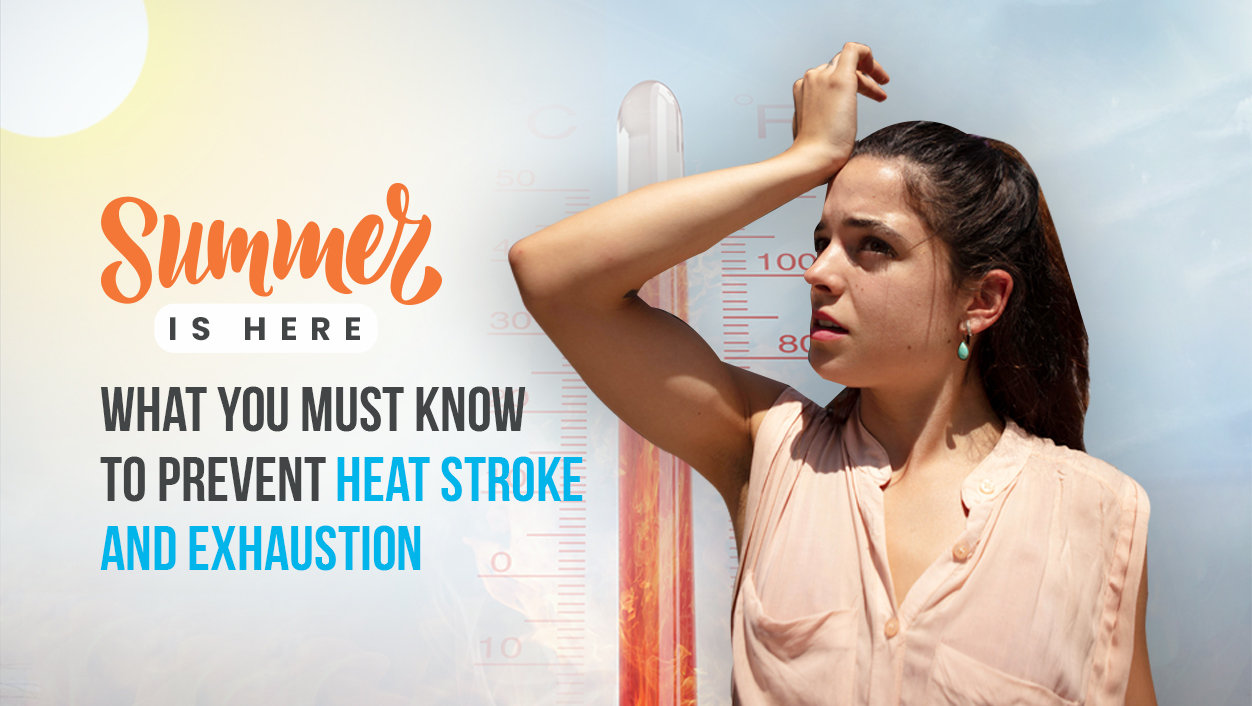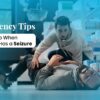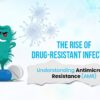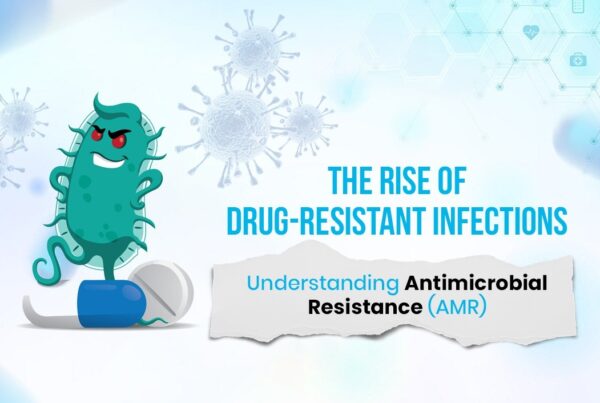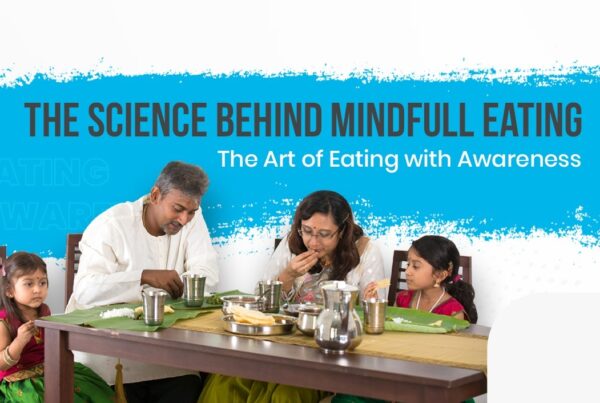Summer in India is infamous for its intense heat, particularly from April to June. The scorching heat affects most of the country, from coastal towns in the south to barren deserts in the west.
Cities like Chennai and Mumbai have high humidity levels, making the heat feel even more oppressive, whilst Rajasthan and Gujarat have dry, blistering heat with temperatures often exceeding 40°C.
Many locations saw record-breaking temperatures in 2024. Jaipur, for example, recorded 42.0°C, Lucknow recorded 42.2°C and Patna also had 42.2°C. The heatwaves in northern and central India caused worry among the government and health officials.
These severe temperatures increase the danger of heat-related conditions such as heatstroke, heat exhaustion and dehydration, thus it is critical to take caution throughout the summer months.
What is the difference between heat exhaustion and heat stroke?
Heat exhaustion and heat stroke are both heat-related illnesses, but they differ in severity.
- Heat exhaustion occurs when the body loses too much water and salt due to excessive sweating. Symptoms include heavy sweating, headache, weakness, dizziness, nausea and muscle cramps. It’s a warning sign that the body is struggling to cool down.
- Heat stroke is a medical emergency that happens when the body’s temperature regulation fails, causing body temperature to rise dangerously (above 104°F or 40°C). Symptoms include confusion, loss of consciousness, dry or hot skin (lack of sweating) and seizures. If untreated, it can lead to organ damage or death.
Heat exhaustion can progress to heat stroke if not managed properly, so early intervention is crucial.
What should you do if someone shows signs of heat exhaustion?
If someone shows signs of heat exhaustion, act quickly to prevent it from progressing to heat stroke. Here’s what to do:
- Move them to a cool place : Get them indoors, under shade or in an air-conditioned area.
- Have them lie down : Elevate their legs slightly to improve blood flow.
- Loosen or remove excess clothing : This helps the body cool down faster.
- Hydrate with cool fluids : Give them water or an electrolyte drink, but avoid caffeine or alcohol.
- Cool their body : Use cold compresses, wet towels or a fan to help lower their temperature.
- Monitor their condition : If symptoms don’t improve within 30 minutes or worsen (confusion, fainting or vomiting), seek medical attention immediately.
Acting fast can prevent heat exhaustion from turning into life-threatening heat stroke.
Who is most at risk for heat-related illnesses?
Certain groups of people are more vulnerable to heat-related illnesses due to their body’s ability to regulate temperature or their exposure to extreme heat. Those at higher risk include:
- Elderly individuals : Aging reduces the body’s ability to cool down efficiently.
- Infants and young children : Their bodies overheat faster and they rely on adults to keep them cool and hydrated.
- People with chronic conditions : Those with heart disease, diabetes, high blood pressure or respiratory issues may struggle with heat regulation.
- Outdoor workers and athletes : Prolonged sun exposure and physical exertion increase the risk of dehydration and heat-related illnesses.
- Pregnant women : Their body temperature is already elevated, making them more susceptible to heat stress.
- People on certain medications : Some drugs, such as diuretics, antihistamines and antidepressants, affect the body’s ability to sweat and regulate temperature.
Understanding who is most at risk helps in taking proactive measures to prevent heat-related illnesses.
How can you stay hydrated during hot weather?
Staying hydrated isn’t just about drinking water. it’s about maintaining the right balance of fluids and electrolytes in your body.
- Drink plenty of water : Aim for at least 2-3 liters daily or more if you’re sweating excessively.
- Don’t wait until you’re thirsty : Thirst is a late sign of dehydration, so sip water regularly throughout the day.
- Include electrolytes : If you sweat a lot, replenish lost minerals with coconut water, electrolyte drinks or natural sources like bananas.
- Eat water-rich foods : Fruits like watermelon, cucumber, oranges and strawberries help maintain hydration.
- Limit caffeine and alcohol : These can increase fluid loss and contribute to dehydration.
- Monitor urine color : Light yellow indicates proper hydration, while dark yellow suggests you need more fluids.
5 Essential Tips to Stay Safe and Beat the Heat This Summer
- Wear Appropriate Clothing: Light, breathable and loose-fitting clothes are essential. Avoid dark colors as they absorb more heat, making you feel warmer. Opt for light-colored clothing to reflect the sun’s rays.
- Avoid Outdoor Activities During Peak Heat: Steer clear of intense physical activity during the hottest parts of the day (usually 10 AM to 4 PM). If possible, schedule outdoor activities during early morning or late evening when temperatures are lower.
- Use Sun Protection: Always apply sunscreen with a high SPF to protect your skin from harmful UV rays. Carry an umbrella or wear a hat to shield your face from the sun.
- Limit Strenuous Activity: Avoid pushing your body too hard in extreme heat. Engaging in heavy activities can quickly lead to heat exhaustion or even heat stroke. Take regular breaks, rest in the shade and hydrate often.
- Never Leave Anyone in a Parked Car: This is crucial. Never leave children, pets or anyone in a parked car, especially when it’s hot outside. Cars heat up quickly and can become dangerously hot in minutes, even with the windows slightly open.
Also, Don’t Overestimate Your Health: Just because you feel fine doesn’t mean you’re not at risk. Heat-related illnesses can develop gradually and ignoring the signs can make things worse. Take it easy, stay cool and don’t push your limits in extreme heat.
Common Myths About Heat-Related Illnesses
1.You can only get heat exhaustion in direct sunlight.
No, High humidity can make it just as dangerous, even in the shade.
2.Drinking ice-cold water is the best way to cool down.
Actually, extreme cold can shock your system. Room-temperature water is better for rehydration.
3.If you’re not thirsty, you’re hydrated.
Thirst isn’t always the first sign of dehydration, by the time you feel it, your body is already low on fluids.
Final Thoughts
Summer is all about enjoying the outdoors and making the most of the sunny days. But it’s important not to overlook the signs of heat-related illnesses. Stay hydrated, dress smartly for the heat and listen to your body. If you or someone else starts feeling unwell, act quickly.Heat exhaustion can escalate fast. Stay safe, stay cool, and enjoy your summer to the fullest

